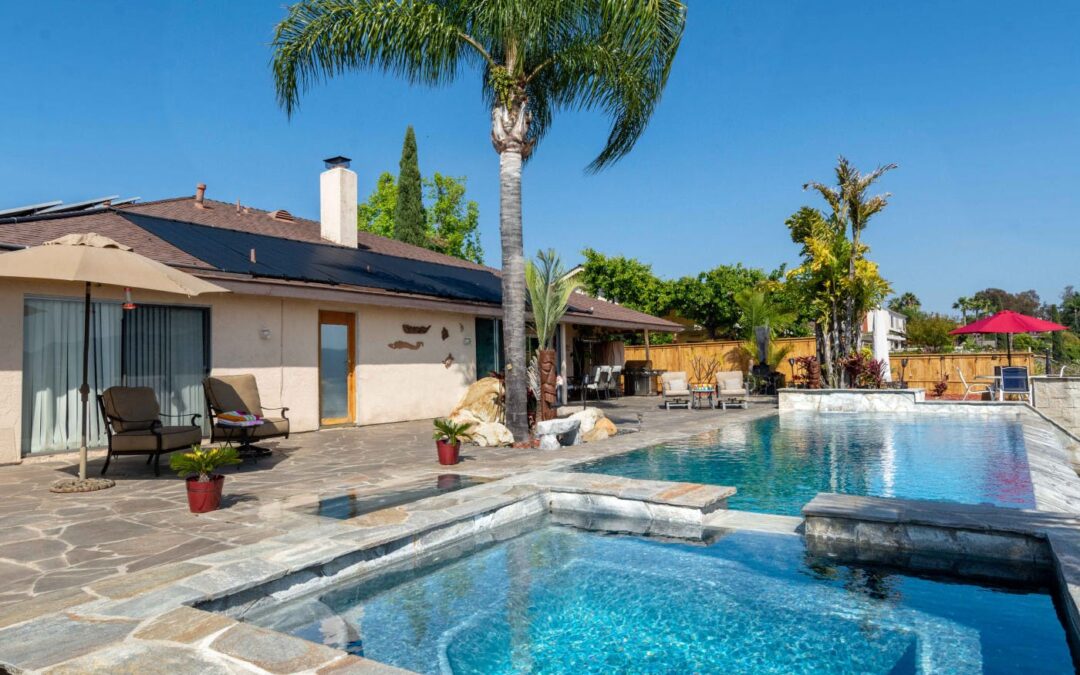Ever wondered what is pool coping? Understanding this particular element is crucial for anyone looking to add or enhance a pool. This article delves deep into every aspect of pool coping, ensuring you walk away informed and inspired.

Introduction to Pool Coping
Pool coping is the material that surrounds the edge of a swimming pool, effectively creating a cap or border. It serves both practical and aesthetic purposes. Not only does it help protect the pool structure, but it also adds visual appeal. Imagine a swimming pool oasis; the coping is what frames this watery paradise seamlessly.
Why is Pool Coping Important?
Enhancing Safety
One of the most critical reasons for installing pool coping is safety. The coping creates a non-slip surface, helping to prevent accidental slips and falls around the edge of the water. When dealing with a wet and potentially hazardous area, safety cannot be compromised.
Protecting the Pool Structure
Without the proper coping, water could easily seep between the pool shell and the surrounding areas. Over time, this could lead to structural damage. Coping acts as a defensive barrier that prevents such water infiltration.
Aesthetic Appeal
Pool coping offers a clean, finished look to your pool, tying together its visual elements. Whether you choose modern, sleek lines or a rustic, natural stone look, coping can match any style or design theme you have in mind.
Materials Used in Pool Coping
Various materials can be used for pool coping, each offering unique benefits and aesthetic qualities. Let’s explore some of the most popular choices:
Natural Stone
Natural stone, such as limestone, granite, or travertine, provides an excellent choice for those seeking a rich, luxurious look. However, it’s essential to seal natural stone to maintain its appearance and prevent damage from chemicals and weather exposure.
Concrete
Concrete is a versatile and cost-effective option often used for pool coping. It can be poured and molded into various shapes and textures, offering a customizable approach to pool customization.
Brick and Pavers
Bricks and pavers present a classic look that’s both durable and stylish. They are available in various colors and sizes, enabling you to mix and match for the perfect aesthetic.
Installation Process of Pool Coping
Installing pool coping is a crucial part of constructing or renovating a pool. It requires careful planning and execution to ensure every piece aligns perfectly.
Maintenance Tips for Pool Coping
Maintaining pool coping is essential to extend its lifespan and beauty. Regular cleaning and sealing can help prevent discoloration, mildew, and other common issues.
Pool Coping Styles and Designs
Learning how to maintain your pool properly boosts its aesthetics.
There are numerous styles and designs to consider, depending on your preference and the overall design of your pool area. More minimalist styles involve smooth edges and uniform colors, while more natural looks make extensive use of irregular stone and earthy tones.
Benefits of Professional Installation
While some may consider a DIY approach to pool coping installation, hiring a professional ensures the highest quality work and adherence to local building codes and standards.
DIY Pool Coping: What You Need to Know
For the adventurous DIYer, tackling pool coping may be tempting. However, be aware that it requires significant skill and specific tools to execute properly.
Cost Considerations in Pool Coping
The costs associated with pool coping can vary widely based on materials, labor, and additional features. Its beneficial to research and compare quotes from different suppliers and contractors.
Considering how pool additions can affect home value should be a key part of planning your pool project.
Environmental Impact of Pool Coping Materials
Choosing sustainable materials for your pool coping can significantly reduce your environmental footprint. Some materials offer more eco-friendly options than others.
Frequent Mistakes in Pool Coping Installation
Common mistakes in pool coping installation include poor alignment, underestimation of costs, and improper sealing. Such errors can detract from function and visual appeal.
Experts reveal why aligning engineering with design is crucial in avoiding such mistakes.
Long-term Care and Maintenance Strategies
Implementing a long-term care strategy can enhance the longevity of your pool coping. Regular inspections, cleaning, and repairs form part of this process.

FAQ Section
What are the most durable materials for pool coping?
Materials like natural stone, especially travertine and granite, are renowned for their durability and strength.
How often should I seal my pool coping?
Frequency of sealing depends on the material type, but as a general rule, sealing every two to three years can prevent damage from pool chemicals and weather.
Can I change the coping of an existing pool?
Yes, existing coping can often be replaced or refaced to update the appearance or address damage.
Looking into advancements in pool technology can also aid in your pool’s ongoing maintenance needs.
This article contains affiliate links. We may earn a commission at no extra cost to you.

